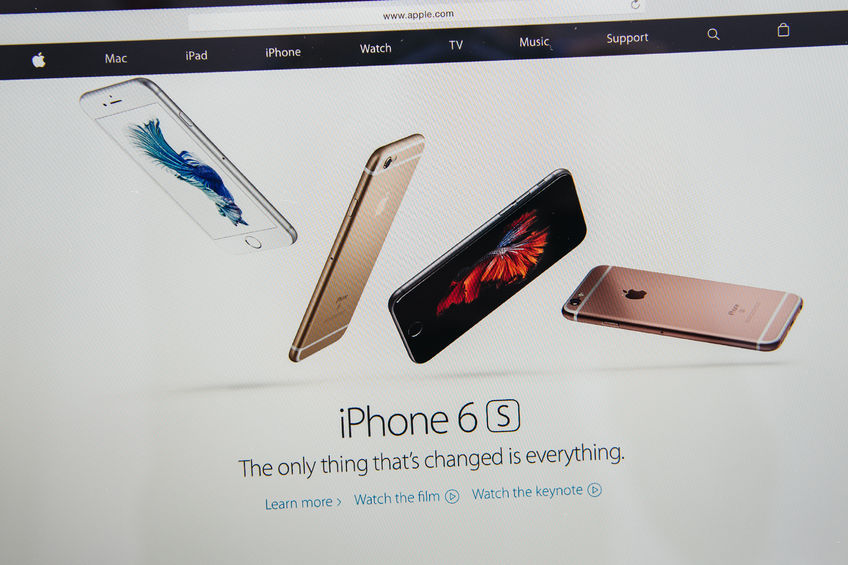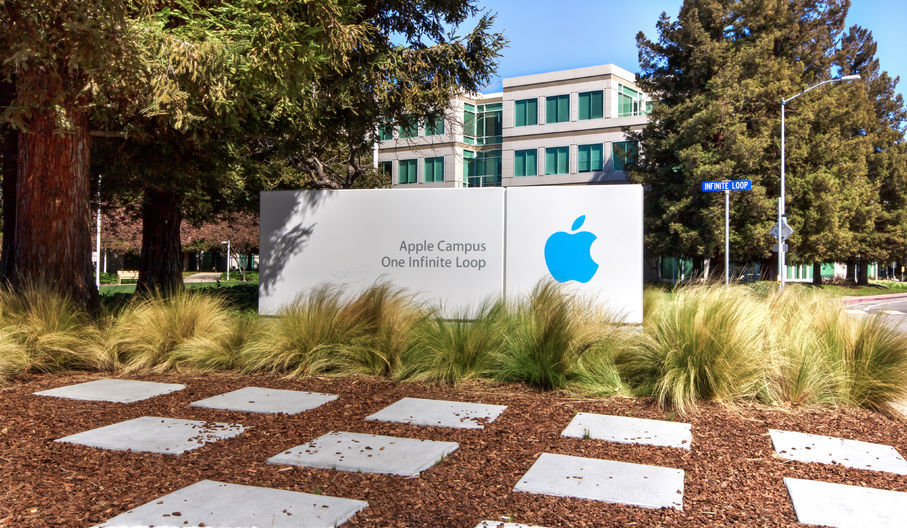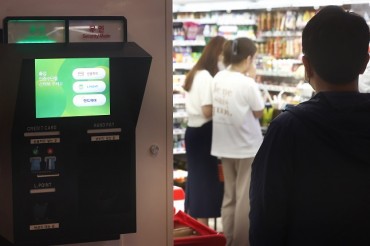
With the global decline in the premium smartphone market, Apple faces an uncertain future. (image credit: Kobiz Media/Korea Bizwire)
SEOUL, April 28 (Korea Bizwire) – Yes, even Apple can fall from its own tree.
Amidst a struggling premium smartphone market, Apple’s 13-year period of continuous growth has finally come to a halt.
iPhones have long been signature products for those placing a premium on design, user experience, and of course, the Apple brand.
Despite high prices compared to other products with similar technical specifications, Apple’s symbolic power was able to exert control overcustomers’ wallets.
This is why Apple persisted with its premium pricing strategy, successfully charging at least $100 more for its devices than competitors like Samsung and LG Electronics.The result is that 90 percent of the profits generated in the smartphone market still belong to Apple.
But with the global decline in the premium smartphone market, Apple faces an uncertain future.
On April 27, Apple announced Q2 (December 27, 2015 – March 26, 2016) revenue of $50.6 billion (58.1 trillionwon), its first drop in the 13 years since 2003.
But the bigger problem lies in iPhone sales, which make up 65 percent of Apple’s revenue. Sales of the iconic phones decreased by 16.2 percent from 61.17 million unitsa year ago to 51.2 million this quarter.
There are those who point to a lack of innovation in the iPhone 6S as the culprit,but the fundamental problem lies with Apple slow reaction to the new trend in the smartphone market, where demand for premium phones is waning.
The phrase ‘you get what you pay for’ is no longer quite so, and the gap between premium and budget-friendly smartphones has narrowed.
Lower-priced models are becoming popular in Korea as well.
According to Korea’s Ministry of Science, ICT and Future Planning (MSIP) and the Korea Communications Commission (KCC), sales of lower-priced phones costing less than 500,000 won have increased from 16 percent in 2013 to 33 percent in 2014.
The current market conditions show that there is now a greater opportunity for China and India’s manufacturers, which have tended to stick to low-price, high-volume strategies.

Despite high prices compared to other products with similar technical specifications, Apple’s symbolic power was able to exert control overcustomers’ wallets. (image credit: Kobiz Media/Korea Bizwire)
In fact, Samsung’s smartphones are suffering in China because of such local manufacturers like Huawei, Xiaomi, Oppo, and Vivo.
Xiaomi once released a premium smartphone, selling for around 500,000 won, attracting industry attention.
Samsung plans to release the Galaxy C, a mid-priced smartphone, targeting the Chinese market.
Although Samsung’s low-priced Z Series and mid-priced Galaxy J are putting up a good fight in India, local companies like Micromax are catching up.
Apple recently released the iPhone SE, a relatively low-priced replacement for the smaller iPhone 5S, but the company’s future is still unclear with a multitude of competitors offering similar devices that are more price-friendly.
Apple mentioned that it would not cling desperately to iPhones alone.
The company is trying to maximize the synergy between Apple Pay, the App Store, and Apple Music to add value to the ‘Apple ecosystem’, as part of a shift in overall strategy. The efforts have already been fruitful with revenue from services increasing by 20 percent since last year.
However, because the iPhone is the major hub of the company’s ecosystem, there are still doubts regarding the new strategy.
“I understand that it’s a tough decision, but Apple’s foremost priority should be removing the price bubble on iPhones,” said an official from a Korean telecommunications company.
By Joshep Shin (jss539@koreabizwire.com)







